Going paperless
May 1, 2019
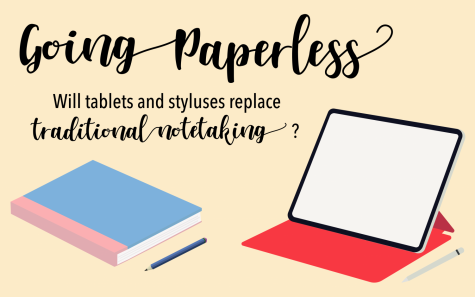
Have you noticed the invasion of tablets in your classes recently? Some students at Palo Alto High School have traded notebooks in for tablets.
Sophomore Betty Tsai is among the students at Paly who have gone completely paperless. Instead of notebooks, pens and pencils, Tsai uses an iPad Pro and Apple pencil.
Tsai said she uses her iPad to take notes for all of her classes and to do assignments.
“I look at the power points while my teachers are lecturing and make annotations,” Tsai said. “My math teacher also gives us PDFs [of the note template], so it’s easier to take notes on my iPad.”
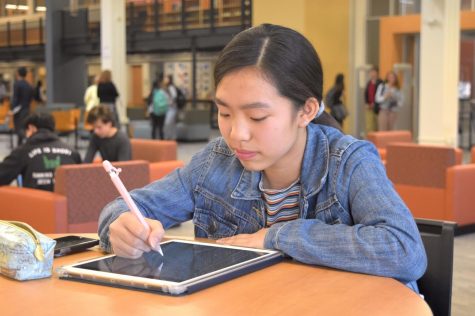
Tsai uses the Goodnotes app to take notes. She organizes her notes by class and semester. According to Tsai, her iPad is especially useful for her Advanced Placement Music Theory class.
“In Music Theory, our homework is to watch videos and write notes,” Tsai said. “I have two [digital] notebooks. There’s one for [assignments from] this semester and the other is for notes.”
Tsai said she got her iPad because of the AP Music Theory class.
“My teacher has an iPad Pro and she uses it to teach our class,” Tsai said. “I thought it would be really useful if I got an iPad.”
According to Tsai, the weight of her backpack has been reduced since she transitioned to an iPad.
“I had two backpacks that I would use for school,” Tsai said. “It depended on the classes I had, but I only carry my iPad and my laptop to school now.”
Tsai also said many of her teachers still give paper handouts, so she carries a folder specifically for papers she gets.
Tsai said she believes that more students should transition to tablets if they can.
“I think it’s really helpful,” Tsai said. “If students start to use iPads, teachers will have less paperwork and it would be more efficient to grade. It’s also easier for students since they don’t have to carry around their notebooks [for all their classes].”
However, sophomore Audrey Chu, a fellow iPad Pro and Apple Pencil user, said she does not recommend transitioning to an iPad.
“It can create an unnecessary fuss,” Chu said. “I need to charge my Apple Pencil frequently. In fact, if I could choose again, I wouldn’t have bought the tablet because I get easily sidetracked by other apps.”
Chu also said that she still has to carry around her laptop.
“Sometimes I need my laptop to write essays or journals,” Chu said. “Typing on the tablet is not as efficient.”
According to Chu, many teachers seem to be supportive of the iPads despite the challenges she brought up.
“My chemistry teacher saw me taking notes with an iPad Pro,” Chu said. “He didn’t mind at all.”
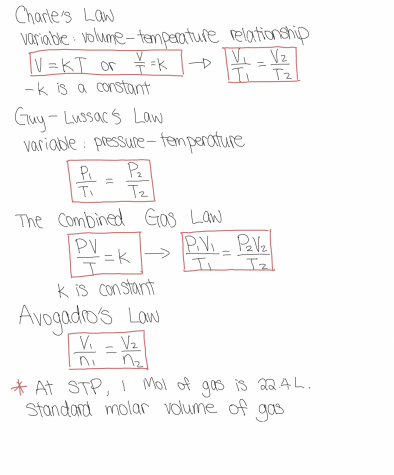
Like Tsai said, even teachers are using tablets to teach classes. The transition from notebooks to tablets does not seem like a passing fad. They might be the solution to reducing the amount of paper that students use in class.
Digital note taking would reduce the number of notebooks, pens, pencils and other stationary items that are bought annually for school. This would reduce the amount of paper and plastic that is used in stationary products and notebooks.
However, digital note taking is an expensive investment. Currently, an 12.9 inch iPad Pro with 256 gigabytes retails for $1,149 and the newest model of the Apple Pencil retails for $129.
According to Statista, the iPad Pro sales have gone down in the United States. In the quarter ending in June of 2017, iPad Pros were 49% of the total sales of total iPad sales. In 2018 of that same quarter, only 40% of the total iPad sales consisted of iPad Pros.
Tsai said she acknowledges that the prices for an iPad Pro and Apple Pencil are high, but it would be nice if the school provided iPads for classes that need it.
“I think the school should have some for art classes or AP Music Theory,” Tsai said. “It would be helpful for drawing.”


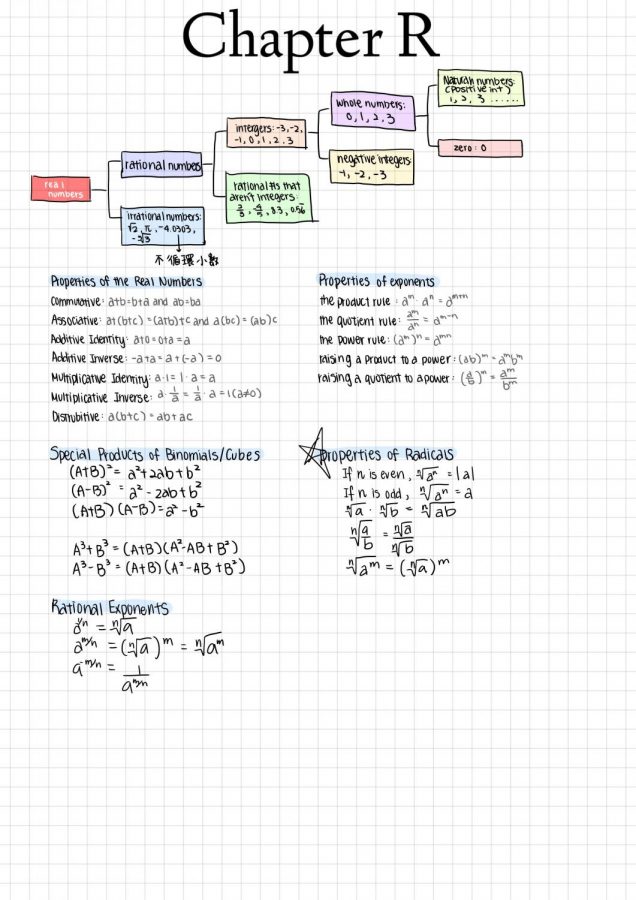
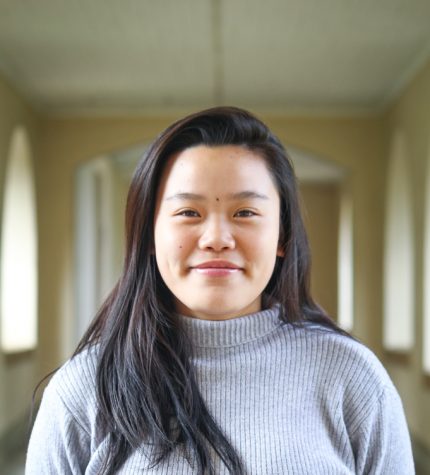
george a bolton • May 30, 2019 at 8:56 am
You always need a back up to the computer ! You need to learn writing and computer skills! I worked in Medical emergencies and know from actual experience that back up is essential!